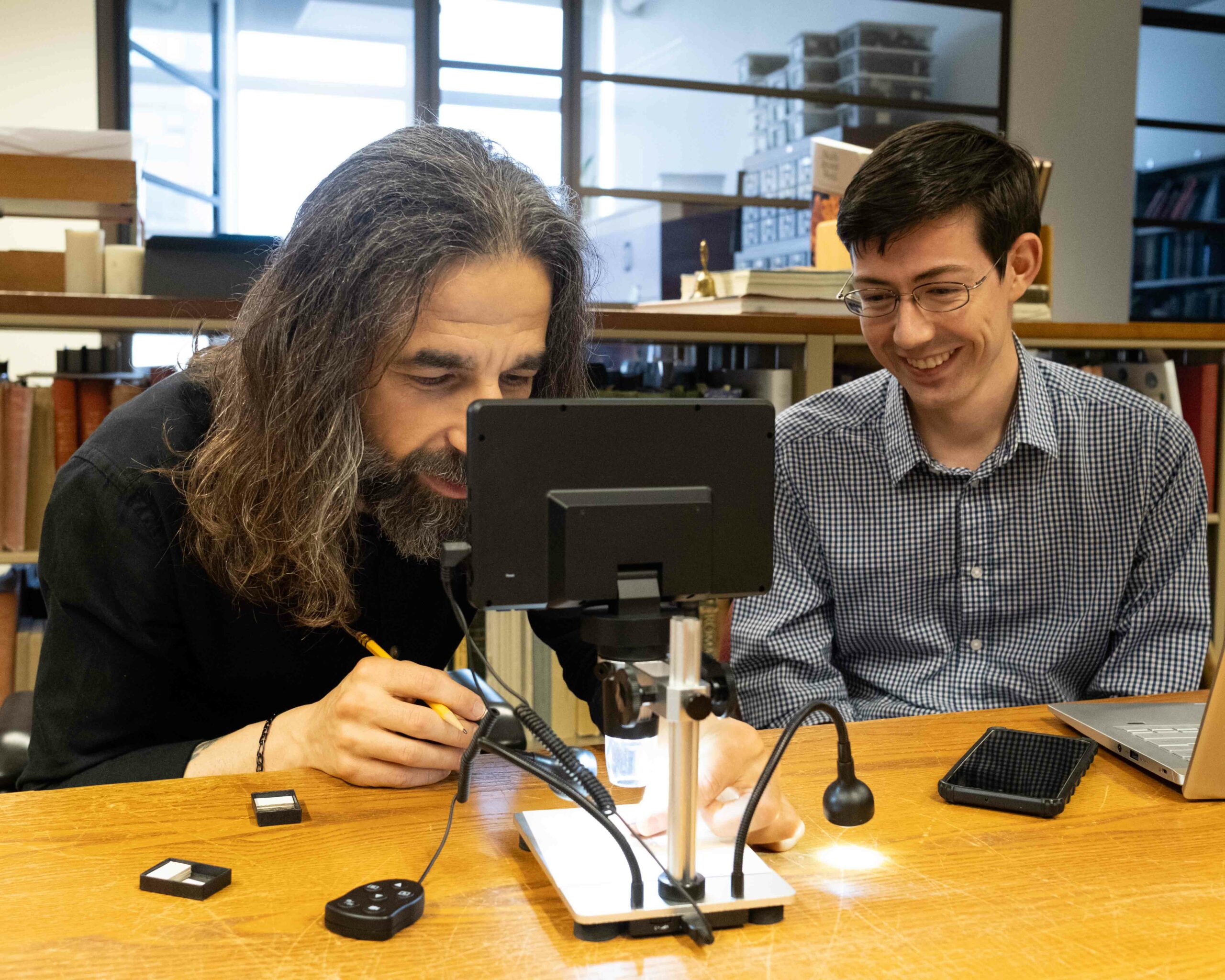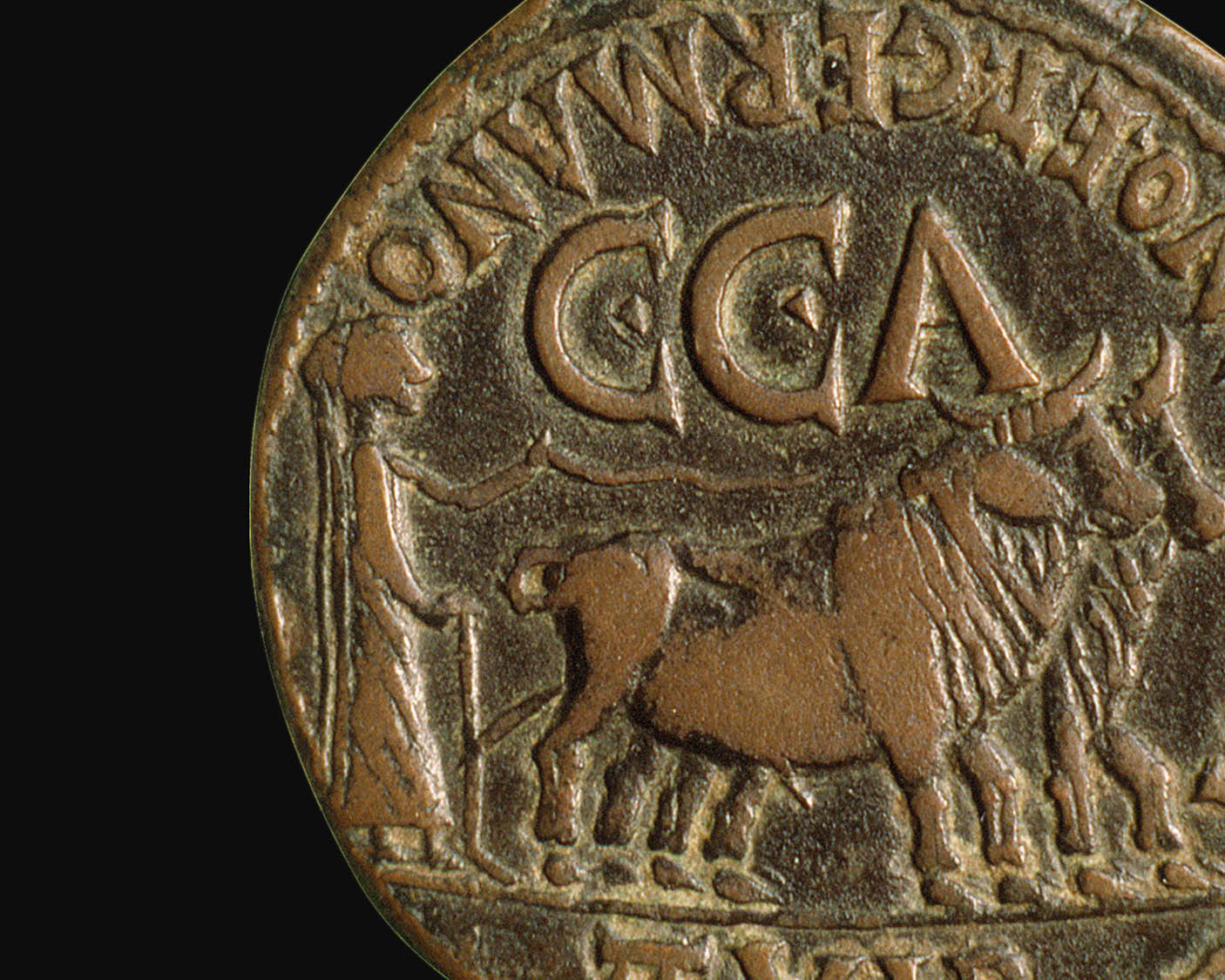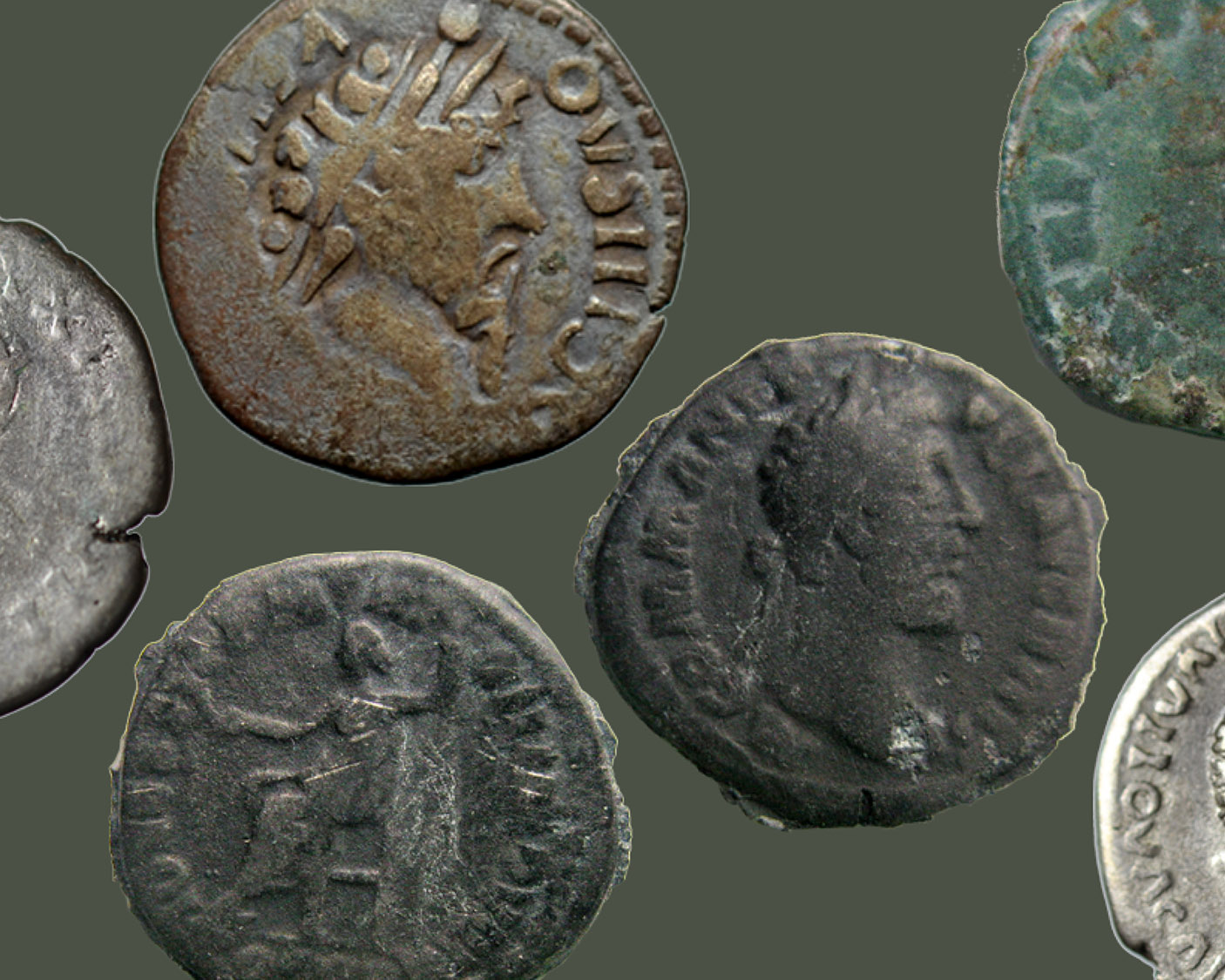The United States in the 20th Century
Return to Drachmas, Dubloons, and Dollars homepage
U.S. coinage in the 20th century was greatly affected by governmental concerns about reserves of metal and production costs. Responding to the pressures of the Great Depression (1929-1939), in 1934 the Federal Government made it illegal for private citizens to own monetary gold and centralized the country’s gold reserves at Fort Knox. The ban on gold ownership was not lifted until 1975. In 1965, the silver traditionally used for most U.S. denominations was replaced by a copper-nickel composition, thereby making it a truly fiduciary currency.
One of the most important trends in American coin design in the 20th century had been the gradual shift away from the personification of Liberty that dominated the coinage of the previous century to the portraits of the deceased presidents. This process began in 1908 with the production of cents bearing the portrait of Abraham Lincoln and was completed in 1971 when Dwight D. Eisenhower was placed on the dollar, the last U.S. denomination to be redesigned with a presidential portrait. However, the introductions of the Susan B. Anthony dollar in 1979 and the Sacagawea dollar in 2000 represent new departures from the presidential program.
In addition to the usual circulating coinage, the U.S. Mint also produced commemorative coinages (mostly half dollars) to celebrate special events and to help pay for the cost of special projects. The current State Quarters program is an outgrowth of this interest in producing commemorative coins.
The Lincoln Cent
Although Abraham Lincoln was proposed as the subject of a U.S. coin as early as 1866, his portrait did not appear on circulating coinage until 1909, when Victor D. Brenner’s design was adopted for the cent. The “Lincoln” cent represents the beginning of a trend to replace the traditional image of Liberty on U.S. coinage with the portraits of deceased presidents.
Bronze plaquette made by Brenner to commemorate Lincoln’s birth.
Bronze 5 cent pattern (1866).
Bronze “Lincoln” cent (1909).
Bronze “Lincoln” cent (1909-S), signed “VDB” by the artist. Because some critics thought the initials were too large, the Mint removed them later in the year.
Steel “Lincoln” cent (1943). In 1943, the cents were made out of steel in order to conserve copper for the war effort and to avoid a coin shortage.
Copper-zinc “Lincoln” cent (1959). In 1959, the wheat-ears type normally paired with Lincoln’s portrait on the cent was replaced by a representation of the Lincoln Memorial in Washington, D.C.
5 Cents
In 1913, the 5 cent coin was redesigned by J.E. Fraser. Liberty was replaced with the portrait of a Native American based on Chiefs Iron Tail, Two Moons, and John Big Tree. The buffalo was modeled after Black Diamond, a bison in the New York Zoological Garden. In 1938, a portrait of Thomas Jefferson and his home at Monticello became the design for the nickel.
“Buffalo” nickel 5 cents (1913-S and 1919).
“Hobo” nickel 5 cents (1913). “Buffalo” nickels were often re-cut by vagabond artists.
“Jefferson” nickel 5 cents (1938). This coin is one of the first 60 Jefferson nickels produced.
Dimes
In 1916, the Barber’s dime design was replaced by classically inspired images created by Adolph A. Weinman. The traditional image of Liberty had wings added to her cap, imitating ancient representations of Roma with a winged helmet. This image was often mistakenly identified as the god Mercury. Dimes featuring a portrait of President Franklin D. Roosevelt entered circulation in 1946.
Silver “Mercury” dime (1818-S and 1918) depicting Liberty in a winged cap and the Roman fasces, a bundle of rods and an axe symbolizing supreme authority. It is likely that the choice of this powerful imagery was influenced by the entry of the United States into World War I in 1916.
Roman Republican silver denarius (207 BC) showing Roma wearing a winged helmet.
Silver “Roosevelt” dime (1946 and 1946-D).
Quarter Dollars
The quarter dollar depicting Liberty and a soaring eagle produced from 1917 to 1930. Like the “Mercury” dime, this design was influenced by American involvement in World War I. Here, Liberty wears a chainmail shirt and carries a shield. In 1932, a new design featuring George Washington replaced the “Standing Liberty” quarter.
Silver “Standing Liberty” quarter dollar (1918/7 and 1918). An earlier version showed Liberty with a bare breast, but public outcry forced the artist, Herman Atkins MacNeil, to create a more modest version.
Silver “Washington” quarter dollar (1936) with a portrait of Washington and an eagle.
Half Dollar
Weinman, in 1916, produced a new design for the half dollar, depicting Liberty clothed in an American flag and walking toward the rising sun. The “Walking Liberty was issued until 1947. In 1964, the introduction of half dollars in memory of President John F. Kennedy continued the move away from depicting abstract concepts in U.S. coin design.
Silver “Walking Liberty” half dollar (1938 and 1939).
French silver 2 francs (1920), showing Marianne sowing. The image of Liberty seen in the previous coin is closely related to images of Marianne, the personification of the French Republic, who had appeared on French coins since 1898.
Silver “Kennedy” half dollar (1964 and 1964-D), with a portrait of Kennedy and the Seal of the United States of America.
Dollars
“Peace” dollars were issued from 1921 to 1935 to commemorate the ensuing peace after the bloodshed of World War I. From 1971 to 1978, following the presidential theme established for other U.S. coins, the portrait President Dwight D. Eisenhower was placed on the dollar. In 1979, a dollar (1979-1981) of reduced size was produced with a portrait of the famous suffragette Susan B. Anthony, signalling the beginning of a trend away from presidential portraits on U.S. coinage. This continued with the introduction of the Sacagawea dollar in 2000.
Silver “Peace” dollar (1921 and 1926) with the head of Liberty and an eagle standing on the rock of peace.
Copper-nickel clad “Eisenhower” dollar (1978-S and 1971-S) with a portrait of Eisenhower and an eagle landing on the moon.
Copper-nickel clad “Susan B. Anthony” dollar (1979-S) with portrait of Susan B. Anthony and an eagle landing on the moon.
Copper-nickel clad “Sacagawea” dollar (2000) depicting a soaring eagle and Sacagawea, the Shoshone guide of Lewis and Clark, with her infant son, Jean-Baptiste, on her back. Shoshone college student Randy’L He-dow Teton was the model for Sacagawea.
Bicentennial Designs
In 1976, the U.S. Mint created new Centennial designs to celebrate the United States’ 200th year of independence. The traditional eagles that appeared on quarters, half dollars, and dollars were replaced by a Revolutionary-era drummer, Independence Hall and the Liberty Bell, respectively.
Copper-nickel clad quarter dollar (1976-S) showing a Revolutionary-era drummer.
Copper-nickel clad half dollar (1976-S) depicting Independence Hall.
Copper-nickel clad dollar (1976-S) depicting the Liberty Bell and the Moon.
Commemoratives
The first commemorative coin issued by the U.S. Mint was a silver half dollar commemorating the Columbian Exhibition of 1892. In the years that followed, the half dollar denomination became popular for commemorating historical events and individuals, although various other gold and silver denominations were occasionally produced.
Silver half dollar (1892) proof showing Columbus’ flagship, the Santa Maria.
Octagonal gold 50 dollars (1915-S) for the Panama Pacific Exposition, 1915.
Silver half dollar (1935) commemorating Connecticut’s 300th anniversary. The Charter Oak design also appears on the 2000 Connecticut State Quarter.
Silver half dollar (1936-S and 1937-D) commemorating the Oregon Trail, which was used most heavily in the 1840s to 1860s.
Silver half dollar (1936) commemorating 50 years of Cincinnati as “A Music Center of America”—so unpopular, only 5000 sets were made.
Return to Drachmas, Dubloons, and Dollars homepage
Other pages of the exhibit:
[posts_grid columns=”4″ rows=”6″ order_by=”date” order=”ASC” meta=”no” link=”yes” category=”DrachmasDubloonsDollars”]




